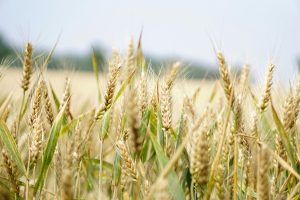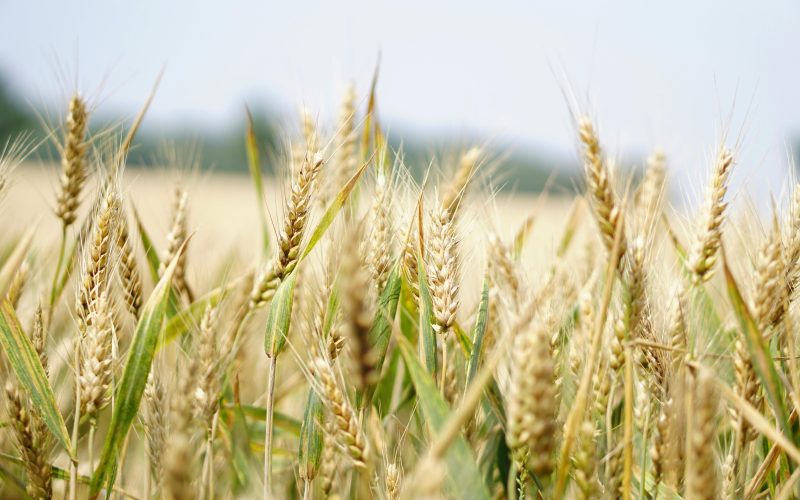Agriculture has been the backbone of human civilization for thousands of years. However, with the increasing global population and the demand for food, the sector has faced significant challenges. Fortunately, technological innovations have emerged to address these challenges, transforming agriculture into a more efficient, sustainable, and productive field. This article explores the major technological advancements in agriculture, their benefits, and their impact on the industry.
Precision Agriculture

Overview
Precision agriculture is a farming management concept that uses technology to observe, measure, and respond to variability in crops. This approach relies on data collection and analysis to optimize field-level management regarding crop farming.
Technologies Involved
- GPS Technology: Allows farmers to map and navigate fields with high precision.
- Drones: Used for aerial imagery and real-time monitoring of crops and livestock.
- Sensors: Measure soil moisture, nutrient levels, and crop health.
Benefits
- Increased Efficiency: Optimizes the use of resources such as water, fertilizers, and pesticides.
- Enhanced Yields: Improves crop yield by tailoring practices to the needs of specific areas within a field.
- Reduced Waste: Minimizes the overuse of inputs, reducing environmental impact.
Smart Farming
Overview
Smart farming, or digital farming, integrates various technologies to enhance agricultural productivity and sustainability. It combines data analytics, IoT (Internet of Things), and AI (Artificial Intelligence) to create a more connected and automated farming environment.
Technologies Involved
- IoT Devices: Connects various sensors and devices to collect and analyze data in real-time.
- Artificial Intelligence: Uses algorithms to predict crop diseases, optimize irrigation, and manage resources.
- Big Data Analytics: Processes large datasets to provide insights and forecasts.
Benefits
- Improved Decision-Making: AI and analytics provide actionable insights that help in making better farming decisions.
- Resource Optimization: Ensures that resources are used efficiently, reducing costs and environmental impact.
- Automation: Reduces the need for manual labor through automated systems.
Biotechnology in Agriculture
Overview
Biotechnology involves the use of living organisms or their products to develop agricultural products and processes. This field has made significant strides in improving crop traits and developing new agricultural techniques.
Technologies Involved
- Genetic Modification (GM): Alters the genetic makeup of crops to enhance resistance to pests, diseases, and environmental conditions.
- CRISPR Technology: Allows precise editing of genetic material to improve crop characteristics.
- Biofortification: Enhances the nutritional quality of food crops through genetic engineering or selective breeding.
Benefits
- Increased Crop Resilience: Develops crops that can withstand harsh conditions and resist diseases.
- Nutritional Improvement: Enhances the nutritional value of crops, addressing deficiencies in diets.
- Higher Yields: Improves crop productivity through genetic enhancements.
Sustainable Agriculture Technologies
Overview
Sustainable agriculture focuses on methods that are environmentally friendly, economically viable, and socially responsible. Technological innovations in this area aim to reduce the negative impact of farming on the environment while maintaining productivity.
Technologies Involved
- Vertical Farming: Cultivates crops in stacked layers to save space and resources.
- Hydroponics and Aquaponics: Soil-less farming techniques that use nutrient-rich solutions or symbiotic relationships between plants and fish.
- Renewable Energy: Incorporates solar, wind, and other renewable energy sources to power farming operations.
Benefits
- Reduced Environmental Impact: Minimizes soil degradation, water usage, and pollution.
- Resource Efficiency: Optimizes the use of water and land, promoting sustainable practices.
- Urban Farming Opportunities: Makes it possible to grow food in urban areas, reducing transportation needs and enhancing food security.
Analysis Table
| Technology | Key Benefits | Challenges | Impact on Agriculture |
|---|---|---|---|
| Precision Agriculture | Increased efficiency, enhanced yields, reduced waste | High initial costs, technical complexity | Optimizes resource use and boosts productivity |
| Smart Farming | Improved decision-making, resource optimization | Dependence on technology, data security concerns | Enhances overall farm management and automation |
| Biotechnology | Increased crop resilience, nutritional improvement | Ethical concerns, regulatory hurdles | Boosts crop yields and addresses food security issues |
| Sustainable Technologies | Reduced environmental impact, resource efficiency | High setup costs, technical expertise required | Promotes eco-friendly practices and urban agriculture |
Comparative Table
| Technology | Precision Agriculture | Smart Farming | Biotechnology | Sustainable Technologies |
|---|---|---|---|---|
| Key Focus | Field-level management | Connected and automated systems | Genetic improvements | Eco-friendly practices |
| Technologies Used | GPS, drones, sensors | IoT, AI, big data analytics | GM, CRISPR, biofortification | Vertical farming, hydroponics, renewable energy |
| Main Benefits | Efficiency, yield improvement | Better decision-making, automation | Resilience, nutrition | Environmental sustainability, resource efficiency |
| Challenges | Cost, complexity | Technology dependency, data security | Ethical concerns, regulation | High costs, technical needs |
| Impact | Enhanced productivity and resource use | Streamlined farm operations | Improved crops and yields | Sustainable farming practices |
Conclusion
Technological innovations in agriculture are reshaping the industry, making it more efficient, sustainable, and productive. From precision agriculture and smart farming to biotechnology and sustainable practices, these advancements offer numerous benefits and address many of the challenges faced by modern agriculture. While each technology has its own set of advantages and limitations, the overall impact is a more robust and resilient agricultural sector capable of meeting the growing demands of the global population.
As technology continues to advance, it will be crucial for farmers, policymakers, and researchers to stay informed and adapt to new developments. The future of agriculture lies in embracing these innovations to create a more sustainable and food-secure world.












